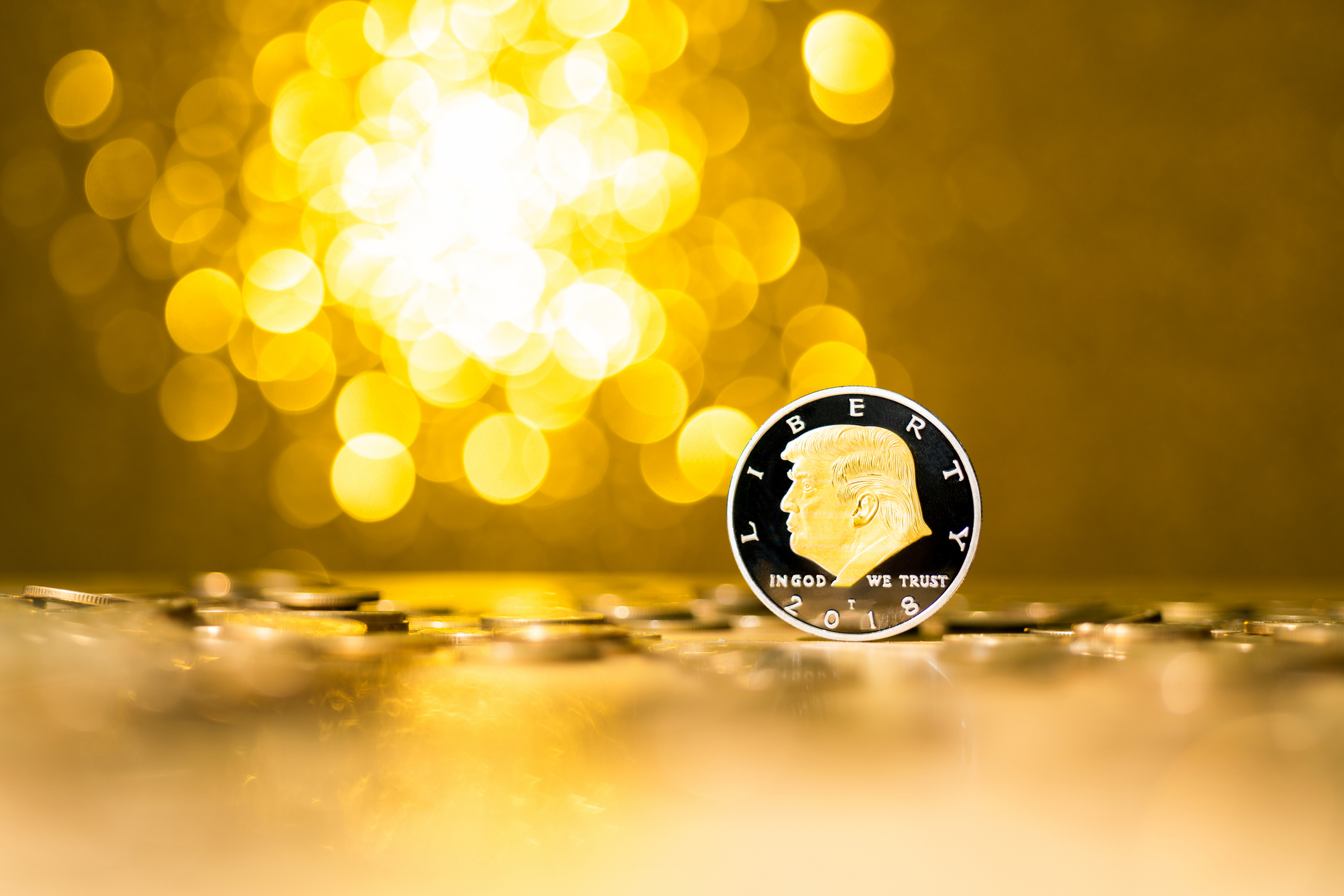As the United States navigates the aftermath of its recent elections, President Donald Trump has significantly altered the landscape of international trade. With a series of executive orders, Trump has initiated what many are calling a new era of trade wars, notably through imposing significant tariffs on imports from Mexico, Canada, and China. This bold move has strained longstanding alliances and triggered a surge in global demand for gold as a safe-haven asset.
The Catalyst for the Gold Rally
On Saturday, February 1, 2025, economic analysts were abuzz as Trump signed an executive order introducing stiff tariffs, reshaping decades of trade practices. Mexico, Canada, and China, key trading partners of the U.S., felt the immediate impact, responding with measures that suggested a growing rift with America. As tensions rise, the global community is bracing for a unified stance against Trump’s actions, especially his disregard for NAFTA and other established trade norms.
This trade conflict emerges at a time when the U.S., as a major consumer and importer, can least afford such disruptions. The pivotal question now is: Who will bear the brunt of these tariffs? Will it be consumers, or will producers under pressure potentially cease operations?
Gold as a Refuge Amid Economic Turbulence
Amid uncertainty over Trump’s trade and fiscal policies, gold prices have climbed to near three-month highs, approaching record levels. The price of gold reached $2,797.460 per ounce as of February 2, 2025, fueled by a weakening dollar and policy unpredictability, according to MineralPrices.com. Analysts see this as a typical flight-to-safety reaction during periods filled with geopolitical and economic uncertainty.
“What we can say, with relative certainty, about the arbitrary application of tariffs is that their advent will enhance volatility across markets in the near term. In the medium to longer term, the application of US tariffs will accelerate the end of US dollar hegemony. Both outcomes are gold price catalysts, and neither outcome is inconsistent with the continuation of US market exceptionalism. The re-rating to higher prices for gold, silver and critical minerals has likely only just begun.” – Christopher J. Berlet, Founder, MineralFunds.com and Critical minerals Institute (CMI) Director
Predictions and Market Outlook
The repercussions of these trade policies are extensive and potentially inflationary, prompting the U.S. Federal Reserve to possibly maintain higher interest rates longer than anticipated to counter rising prices. This environment enhances gold’s appeal as interest rates usually bolster the dollar, making gold a compelling alternative investment.
“Gold is a diversifier. There’s no sensible reason not to have some, if only as a hedge against a fiat currency crisis or other financial calamity. Gold does especially well when paper money is being debased.” — Ray Dalio, Founder of Bridgewater Associates
Conclusion: The Rising Trajectory of Gold
As geopolitical tensions simmer and the full impact of Trump’s tariffs unfolds globally, gold stands as a reliable option for stability in a volatile market. With resistance levels poised between $2,800 and $3,000, gold’s trajectory will largely hinge on the global response to Trump’s trade policies and the economic narratives they inspire. In these unpredictable times, gold is not just a safe haven but a prudent strategic choice for investors seeking to protect their portfolios from further geopolitical and market instability.




Leave a Reply